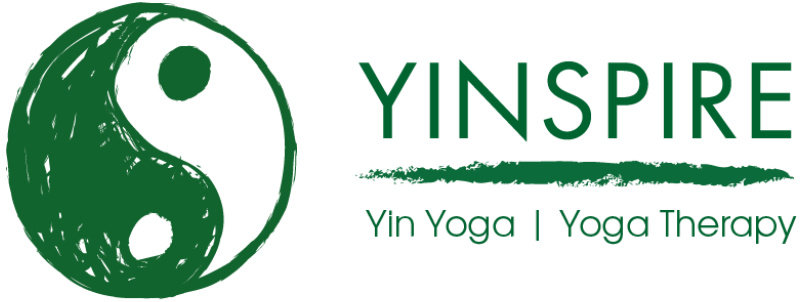This is a free 39 page ebook from National Centre for Complementary and Integrative Health. Although NCCIH is an American governmental body, the contents translate well to the UK.
If you are new to Yoga and looking for some unbiased thoughts, this is worth a read – it won’t take more than 10 minutes or so.
I particularly like the section on safety:
The most common injuries associated with yoga are sprains and strains. Serious injuries are rare. The risk of injury associated with yoga is lower than that for higher impact sports activities. Here are some tips on how to reduce your risk of injury when practicing yoga:
– Start slowly and learn the basics.
– Choose a class that’s appropriate for your level. If you’re not sure, ask the yoga teacher.
– As a beginner, you may want to avoid challenging practices such as headstands, shoulder stands, the lotus position, and forceful breathing. Or, if you do try them, engage in them gently, gradually, and with great care.
– Learn about the precautions you need to take if you try a “hot yoga” practice (e.g., Bikram yoga). This form of yoga has special risks related to overheating and dehydration.
– Don’t push yourself beyond your comfort level. If you can’t do a pose, ask your teacher to help you modify it. If you feel pain or fatigue, stop and rest.
– If you have a health condition, if you’re an older person, or if you’re pregnant, discuss your needs with your health care providers and your yoga instructor. You may need to modify or avoid some yoga poses and practices. For example, if you have a condition that weakens your bones, you’ll need to avoid forceful forms of yoga. If you have glaucoma, you’ll need to avoid upside-down positions.
It’s important to remember that you should never use yoga—or any other complementary health approach—to avoid or postpone seeing a health care provider about a medical problem.

